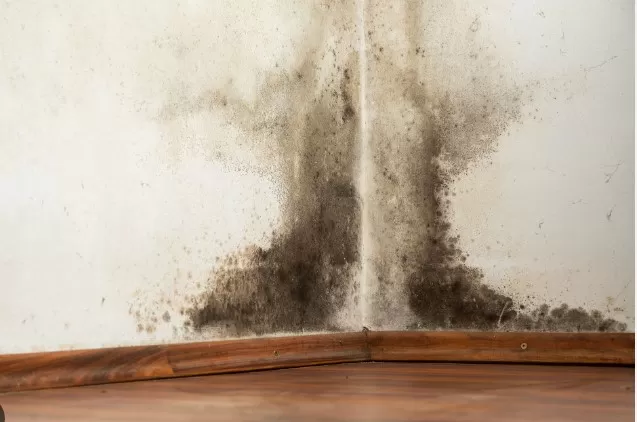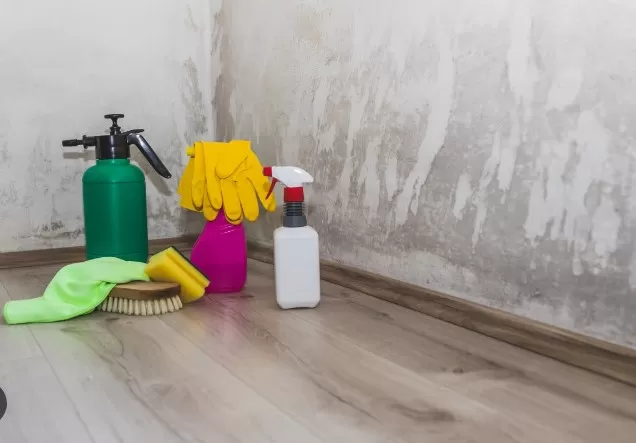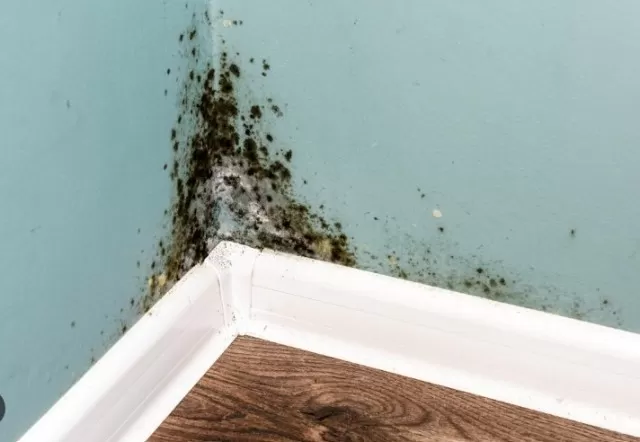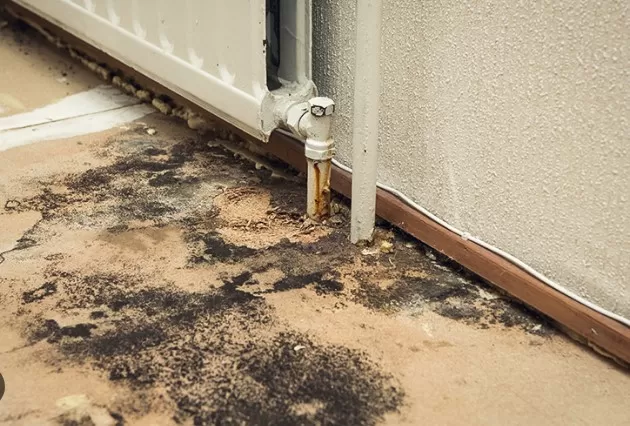Prevent Black Mold: Essential Home Tips for Safety. While some molds have beneficial uses, black mold can pose serious health risks when it infiltrates our living spaces.
If you discover black mold in your home, it is important to take immediate action to eliminate it. While small areas can be tackled with caution and protective measures, larger infestations usually require professional assistance for safe removal.
If the affected area exceeds 10 square feet, it is recommended to hire a licensed professional for the job. Removing extensive black mold colonies involves the use of specialized chemicals and proper disposal of contaminated materials, which require expertise and permits. Local public health departments can provide guidance on mold testing and connect you with qualified Mold Removal experts.
Exploring the Dangers of Black Mold

Black mold, scientifically known as Stachybotrys chartarum, presents itself as a colony sporting a slimy surface in shades of dark green or black.
Typically thriving in areas subjected to prolonged exposure to excessive moisture and humidity, it can be found lurking behind walls and ceilings made of sheetrock, as well as on wooden structures.
What sets black mold apart is its ability to produce mycotoxins, potentially harmful chemicals.
Direct contact, inhalation, or ingestion of these toxins can pose health risks to both humans and animals.
Given the resemblance and musty odor shared by many molds, professional testing is the only reliable means to confirm the presence of black mold.
Nonetheless, it’s crucial to note that large colonies of any mold type in a home have the potential to be detrimental to the respiratory system. Consequently, prompt removal and preventative measures are essential for a mold-free environment.
Guarding Against Black Mold: Effective Measures to Manage Exposure

Stop the Moisture Source: Address any leaks or water issues that contribute to mold growth.
Repair plumbing leaks and cover roof or window leaks temporarily until proper repairs can be made.
Seal off the Infested Area: If possible, isolate the affected area by sealing doors with plastic sheeting to prevent the spread of spores.
Before sealing, lightly mist the mold with water to minimize airborne spores.
Wear Protective Gear: When entering mold-infested areas, wear a mask specifically designed to filter mold spores and use disposable protective clothing that can be laundered in hot water.

Clean with Caution: If you decide to clean the mold yourself, follow proper cleaning procedures and use appropriate cleaning agents.
Take precautions to avoid spreading the mold during the cleaning process.
Dispose of Materials Safely: Place used cleaning supplies, disposable protective gear, and any contaminated materials in a sealed heavy-duty plastic bag to prevent cross-contamination.
By following these measures, you can help manage black mold exposure in your home and safeguard your health.
Strategies to Prevent Black Mold Growth: Safeguarding Your Home

Control Humidity Levels: Keep the humidity below 60% to create an unfavorable environment for mold.
Use dehumidifiers, air conditioners, or open windows to improve ventilation and reduce moisture.
Repair Leaks Promptly: Fix any leaks in pipes, fixtures, windows, or roofs as soon as they are detected.
Moisture from even small leaks can promote mold growth.
Keep Surfaces and Fabrics Dry: Avoid leaving wet items, such as coats, shoes, or towels, lying around.
Hang them to dry thoroughly. Use a squeegee to dry shower stalls and tubs after use.
Ensure proper ventilation during wet cleaning tasks.
Enhance Home Ventilation: Utilize bathroom and kitchen fans to eliminate steam and enhance air circulation.
Ceiling Fans and circulating fans can also improve airflow. Open doors and windows on dry, breezy days to allow fresh air in.
Unblock HVAC Vents: Ensure that furniture or objects do not block HVAC vents.
This allows for proper airflow and reduces the risk of moisture buildup.
Employ Dehumidifiers: Use dehumidifiers in areas with high humidity, such as basements or laundry rooms, to remove excess moisture from the air.
Regularly maintain and empty the water collection bin.
Check and Clean Ductwork: Inspect and clean HVAC ductwork and clothes dryer ducts annually to prevent clogs or leaks that may introduce moisture into your home.
Install Moisture Barriers: In basement areas and crawl spaces, install moisture barriers and use specialized coatings to prevent moisture from seeping in from the ground.
By following these preventive measures, you can minimize the conditions that favor black mold growth and help maintain a healthier and mold-free home environment.
*The information is for reference only.